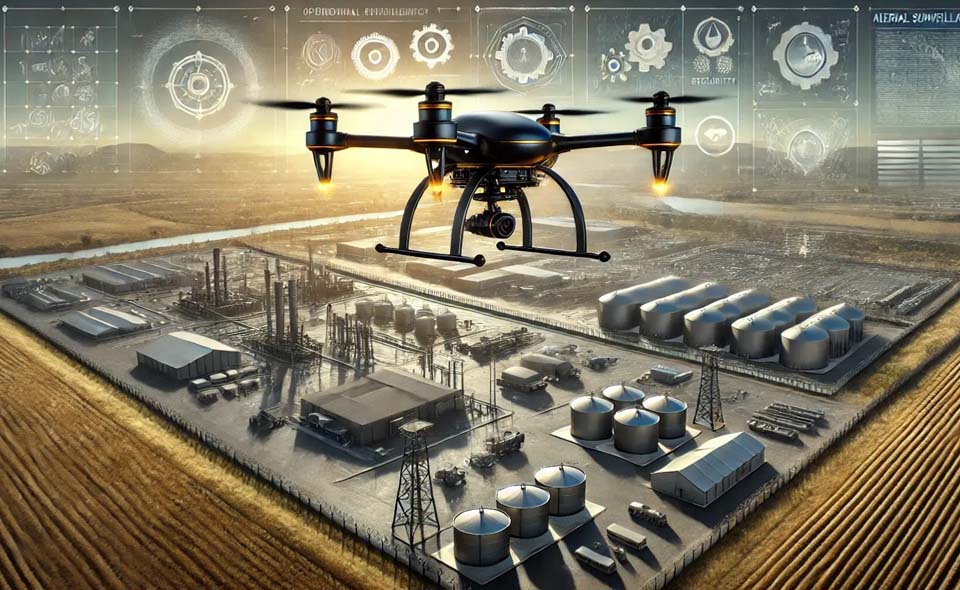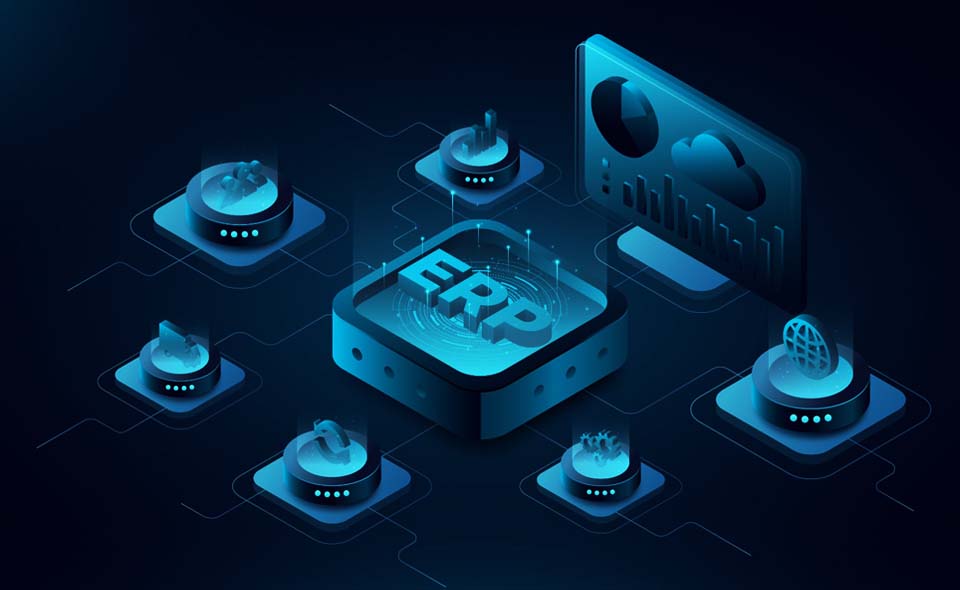In the challenging world of heavy industry, plant managers and safety officers have long struggled with the dangerous, time-consuming process of infrastructure inspection. Traditional methods often require production shutdowns, expensive scaffolding, and placing workers in harm’s way. The global industrial drone inspection market is rapidly changing this landscape. Have you wondered what’s driving this remarkable shift in how we approach industrial safety and efficiency?
The Critical Need for Advanced Inspection Methods in Heavy Industry
The industrial sector faces unique challenges that make traditional inspection methods increasingly impractical. Workers climbing into confined spaces, scaling tall structures, or entering areas with extreme temperatures face significant risks every day. Meanwhile, plant downtime during these inspections costs thousands in lost production hourly. This reality has created urgent demand for alternatives that can maintain safety standards without the accompanying risks and costs.
Transformative Benefits by Industrial Sector
The implementation of drone technology delivers sector-specific benefits that address the unique challenges each industry faces. Understanding these targeted advantages helps industrial leaders prioritise applications with the highest return on investment.
Steel and Metals Production Benefits
Steel manufacturers face some of the most extreme inspection environments imaginable, making them ideal candidates for remote drone inspection technologies. The combination of high temperatures, caustic chemicals, and massive equipment creates numerous opportunities for drone systems to deliver transformative value.
These specific benefits are revolutionising how steel plants approach inspection:
- Zero-downtime inspections: Heat-resistant drones can inspect equipment while production continues
- Comprehensive visual documentation: Drones capture visual records of refractory conditions, aiding trend analysis and maintenance
- Early failure detection: Aerial inspections spot issues like cracks and hot spots before they escalate
- Staff safety improvements: Remote inspection eliminates the need for risky confined space entries and work-at-height
Power Generation Advantages
Power facilities benefit tremendously from drone technology’s ability to inspect both vast geographic areas and detailed components.
Power generators experience these specific advantages with drone implementation:
- Transmission line efficiency: Drones inspect miles of transmission infrastructure daily, compared to only a couple of miles with ground crews
- Precision thermal analysis: Infrared drones detect faults early via thermal scans
- Rapid disaster response: Drones assess damage fast to speed up repairs and service restoration
- Solar panel optimisation: Drones inspect solar arrays to spot issues and boost production
- Cooling tower integrity: Drones assess cooling towers without scaffolding, cutting costs and improving documentation
Mining Operation Improvements
Mining operations span massive geographic areas with constantly changing conditions, making them perfect candidates for drone-based monitoring systems. The ability to quickly survey large areas while collecting precise measurement data addresses numerous pain points for mine operators.
These specific benefits make drones invaluable for modern mining operations:
- Stockpile measurement accuracy: Drone photogrammetry offers 98% accurate stockpile measurements, improving inventory and reporting
- Comprehensive terrain monitoring: Aerial surveys detect ground movement, spotting slope issues before they become hazards
- Blast planning optimisation: Drone surveys boost blast analysis and processing efficiency
- Environmental compliance documentation: Automated boundary monitoring tracks dust, water, and reclamation progress
- Equipment inspection efficiency: Drones inspect equipment, reducing downtime and improving thoroughness
Future Outlook and Emerging Technologies
The industrial drone inspection sector continues evolving rapidly, with several emerging technologies poised to deliver even greater capabilities. Understanding these developing trends helps organisations plan technology roadmaps that will remain relevant as capabilities advance.
These technologies represent the next frontier in industrial drone applications:
- Autonomous inspection systems: Self-directing drones enable daily inspections with minimal human oversight
- AI-powered defect analysis: Advanced algorithms detect defects earlier than human analysts from drone imagery
- Drone swarm operations: Coordinated drones enable simultaneous facility inspections, cutting inspection time
- Continuous monitoring installations: Installed drone systems in docking stations enable automated inspections in remote areas
- Digital twin integration: Drone data powers real-time digital twins for virtual inspections and maintenance
Conclusion
Industrial drones are now a proven, mainstream inspection tool delivering clear safety and cost benefits. Start by targeting high-risk tasks like confined space or height inspections to see immediate impact. With adoption accelerating, the question is no longer if but how soon you’ll start seeing results.




